Using cranes is complex and dangerous. Every year there are injuries and deaths from work involving cranes.
Health and safety risks for workers can occur when setting up and using concrete placing equipment and when working with wet concrete.
Labels on hazardous chemicals identify hazards and give instructions on how to use them safely. The following pages will tell you if you need to prepare labels for hazardous chemicals, the information that must be on the labels and when WHS labelling for hazardous chemicals is not required.
Bushfire smoke can affect your health and safety at work.
This guide is for workers who use hazardous chemicals.
This guide is for people conducting a business or undertaking (PCBU) with workers who may e exposed to hazardous chemicals.
This fact sheet outlines key information on minimising the risk of exposure to COVID-19 for delivery drivers.
This guide helps doctors monitor the health of workers to uranium.
This guide helps doctors monitor the health of workers exposed to trichloroethylene.
This guide helps doctors to monitor the health of workers exposed to tetrachloroethylene.
Tetrachloroethylene (CAS 127-18-4) is a colourless, volatile, non-flammable, chlorinated hydrocarbon.
This guide helps doctors monitor the health of workers exposed to methyl isobutyl ketone (MIBK).
MIBK (CAS 108-10-1) is a colourless, flammable liquid with a sweet smell that is moderately soluble in water.
The guide helps doctors to monitor the health of workers exposed to butanone.
Butanone (CAS 78-93-3) is also known as methyl ethyl ketone (MEK). It’s a colourless, flammable liquid with a sweet acetone-like smell.
This guide helps doctors monitor the health of workers exposed to dichloromethane.
Dichloromethane (CAS 75-09-2) is a colourless liquid with a sweet smell.
Examples of work with dichloromethane include:
This guide helps doctors monitor the health of workers exposed to xylene.
Xylene (mixed isomers; CAS 1330-20-7) is a natural part of petroleum and coal tar. It is colourless, flammable and has a sweet smell.
This guide helps doctors monitor the health of workers exposed to toluene.
This guide helps doctors monitor the health of workers exposed to ethyl benzene.
Ethyl benzene (CAS 100-41-4) is a colourless, flammable liquid with a petrol-like smell. It is a monocyclic aromatic hydrocarbon.
This guide helps doctors monitor the health of workers exposed to cyclophosphamide.
Cyclophosphamide (CAS 50-18-0) is:
-
an anti-cancer drug used in chemotherapy and as an immunosuppressant
This guide helps doctors monitor the health of workers exposed to carbon disulphide.
Pure carbon disulfide (CAS 75-15-0):
-
is a clear, colourless liquid that has a sweet, pleasant smell
This guide helps doctors monitor the health of workers exposed to beryllium.
Beryllium (CAS 7440-41-7) is a grey metal that is found in nature as a mineral with silica or with aluminium and silica.
Antimony (CAS 7440-36-0) is a brittle, silver white metallic element. You can find antimony (Sb) in different oxidation states, like free metal, trivalent (Sb[III]) and pentavalent (Sb[V]) oxidation.
This report provides detailed information about:
This document outlines the criteria to assign a skin notation to a chemical.
This document outlines the chemicals that will be added to and removed from the workplace exposure standards (WES) list.
You can also see the:
Use this guide to manage risks with split rims. You should use this general guide if your workplace:
Workers can experience whole body vibration (WBV) at the workplace.
Use this guide if you measure and assess vibration at the workplace.
This guide is part of a workplace vibration collection, which includes:
Workers can experience hand-arm vibration at the workplace.
Use this guide if you measure and assess vibration at the workplace.
This guide is part of a workplace vibration collection, which includes:
Workers can be exposed to whole body vibration (WBV) at the workplace.
Use this guide if you are a worker who is or likely to be exposed to WBV, or if you measure and assess vibration at the workplace.
This Guide provides information on managing the risks of unauthorised persons working near low voltage overhead service lines near structures and buildings.
A random, population-based sample of 5,528 Australian workers participated in the Australian Work Exposure Study (AWES). Workers answered questions about the tasks they completed and the controls used at work.
This guide will help you identify low density asbestos fibreboard (LDB) and will provide you with information about managing and handling LDB.
Workers can experience hand-arm vibration (HAV) at the workplace.
Use this guide if you are a worker who is or is likely to be exposed to HAV, or if you measure and assess vibration at the workplace.
This guide is part of a workplace vibration collection, which includes:
This handbook provides guidance on good work design. It includes the
This paper reports on the attitudes of Australian workers towards accepting risk taking and rule breaking in the workplace.
The issue
Polycyclic aromatic hydrocarbons (PAHs) are a group of chemical compounds formed during the incomplete combustion of organic material.
The Australian Work Exposures Study (AWES) was a national survey conducted by the Western Australian Institute of Medical Research (WAIMR) in 2011–12 that investigated work-related exposures among Australian workers to 38 known or suspected carcinogens.
Use this guide to manage health and safety risks associated with high pressure water jetting operations.
Workplace bullying is a risk to health and safety. It can occur wherever people work together in all types of workplaces. It is best dealt with by taking steps to prevent it from occurring and responding quickly if it does occur.
This project was undertaken by Instinct and Reason Pty Ltd under commission from Safe Work Australia. The report describes the findings of a qualitative research study on the structural metal product manufacturing industry—an industry with a high rate of work-related injury and illness.
